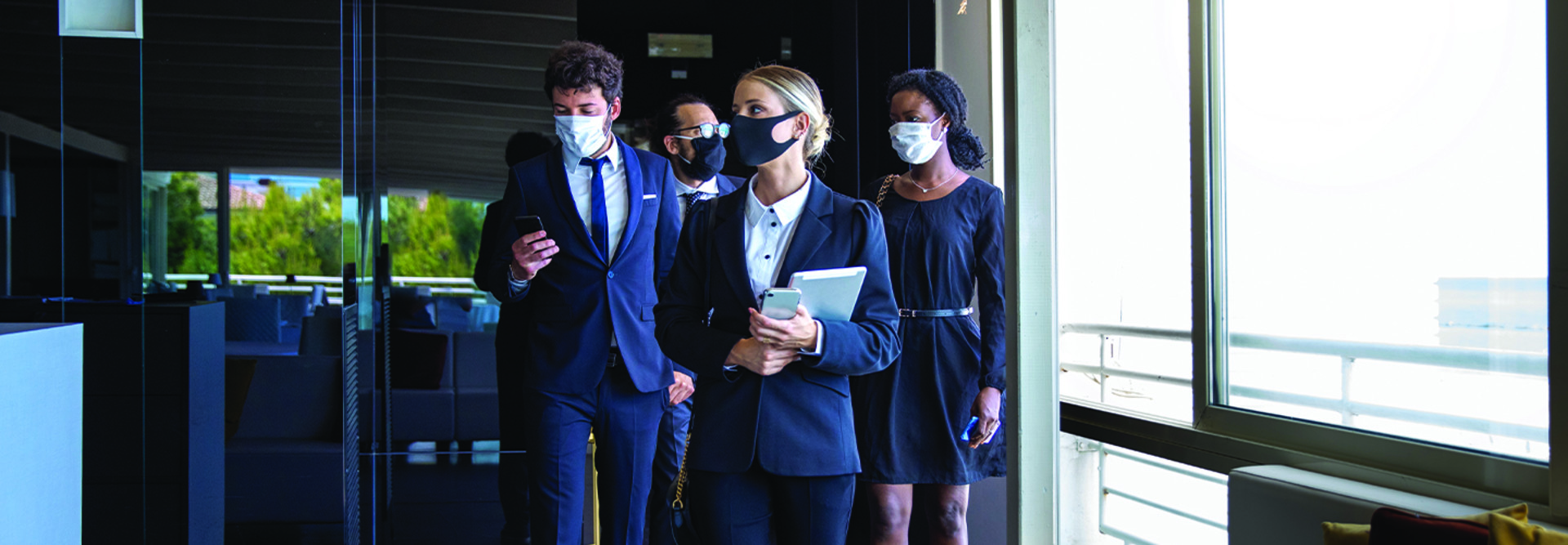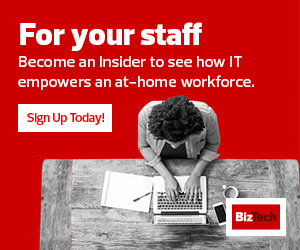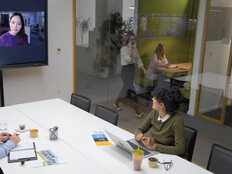In terms of technology, the pandemic has mostly been a time of acceleration. Organizations had to rapidly adapt to new working conditions and adopt the IT infrastructure that would support them.
“We've never had a more dramatic workforce migration than we've seen this year,” said VMware CEO Pat Gelsinger, speaking at CDW’s Tech Talk. “We took 150 years to go from agrarian to urban, and we took a few days to go from urban to home. It's just amazing what we've been able to accomplish.”
Achieving this feat did take technological know-how, but it also took something less tangible: leadership.
Guiding an organization and its employees through this transition required a skill set crucial to ensuring that productivity remained high. In his session, Gelsinger detailed how he has adapted his leadership during this time of disruption.
WATCH: View Gelsinger's full CDW Tech Talk session on the role of technology in leadership.
Using Empathy as a Business Asset During Crisis
Businesses can be driven by profits or mission, but they’re ultimately powered by people. When those people are going through a stressful time, it’s going to affect their output, and therefore will affect business operations. Gelsinger said that maintaining face-to-face time has been critical.
“The human connection has been challenged in new ways,” he said. “As a leader, it’s been very important to deliver empathy and show these soft skills.”
For Gelsinger, this meant making an extra effort to check in with workers at various levels.
“Since the pandemic began, I've been spending more time than ever meeting with employees, whether by surprising them with a Zoom bomb in one of their team meetings or answering questions at town halls,” he said. “More than anything, employees are looking for transparency, and I plan to continue to do so as we head into 2021.”
It’s not only employees who benefit from consistent communication; customers do too. Gelsinger has taken advantage of the adoption of virtual meetings to speak with customers worldwide.
“Some mornings, I start in Europe. In the afternoon I’m in the U.S., and I finish the day in Asia,” he said. “I think it's been a personal record for me.”
“I think it underscores the idea that working from home can actually enable you to connect with more people than ever before,” Gelsinger added. “In many ways, the center of our customer strategies moving forward is digital innovation across the globe.”
Moving Forward as a Digital-First Leader
Now that the initial shock of moving to widespread remote work has largely worn off, businesses need to look ahead to how they can incorporate some of the things they’ve learned moving forward. Gelsinger said that he anticipates much of the way we work changing forever.
“If we think about VMware, before the pandemic, we were about 20 percent working from home,” he said. “And then, of course, like everybody else, we shifted to about 97 percent. Right now, with a few offices reopening, we're in the low 90s. I expect the new normal for us will be that 10 to 20 percent will be office dwellers, probably 30 percent will be hybrid work-from-home, and a full 50-plus percent will always be a remote workforce to us.”
While companies have been working like this for a while, it’s still going to be hard work to adjust to a distributed workforce in the long term.
“This is the new normal, and this is a huge shift,” Gelsinger said. “As a result, we're going to close some of our smaller offices. We’re going to redesign some of our central campuses and we’re going to move away from what I call ’hotels for offices’ to make them centers for collaboration and innovation. Overall, it’s a dramatic rethink in what a workforce looks like in the future.”











